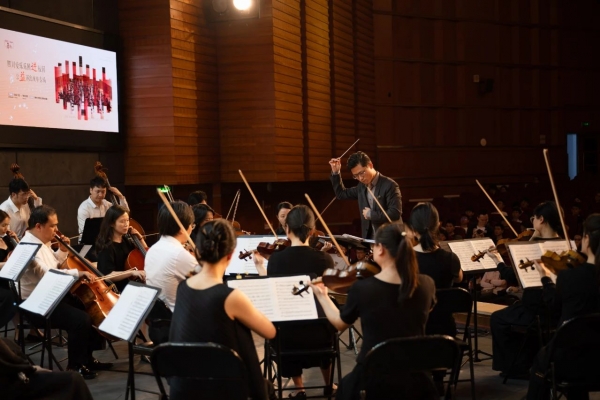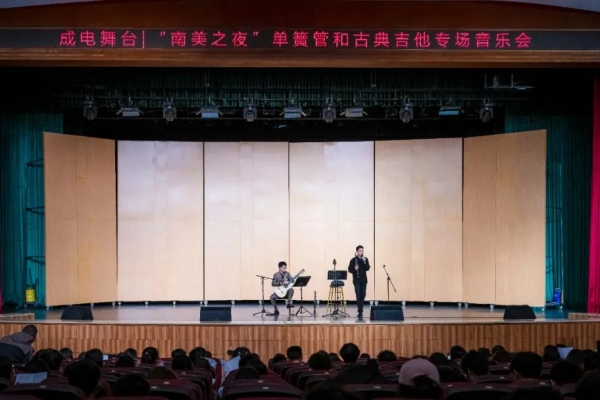即可将网页分享至朋友圈
为加强我校各学科之间的学术交流,搭建教师学术交流平台,促进教师学术水平提升和跨学科合作,教师发展中心开展跨学科学术沙龙活动。
本次活动教师发展中心特别邀请来自美国密苏里科技大学的曹颖博士,与师生共同探讨电磁兼容和多物理建模与仿真中的相关热点问题。具体安排如下,欢迎感兴趣的师生参加。
一、主 题:基于PEEC方法的电磁兼容和多物理建模与分析
二、主讲人:曹颖博士(美国密苏里科技大学,ETH Zurich)
三、时 间:2016年12月23日(周五)上午10:00
四、地 点:清水河校区经管大楼宾诺咖啡
五、主持人:何十全 副教授
六、承办单位:电子工程学院
七、交流内容:
To electromagnetic society, it is one of the biggest interests to develop full-wave based engineering friendly electromagnetic modeling approaches for coupling and radiation problems that are applicable in multi-physics and electromagnetic compatibility researches. In this talk, the partial element equivalent circuit (PEEC) method, a unique bridging method between electromagnetics and circuit theory, is employed and innovated to address new challenges in electromagnetic analysis. It brings us interesting new approach and insight to practical applications.
Firstly, a novel derived equivalent circuit model of arbitrary shape graphene sheets is developed. It is also a new contribution to PEEC for handling dispersive and anisotropic medium. Secondly, a physics-based model size reduction (PMSR) method is developed for key coupling analysis in the power integrity (PI) for the power distribution network (PDN) design and optimization in integrated circuit (IC), packaging, and printed circuit board (PCB). Lastly, we devoted great efforts in redefining the fundamental electromagnetic radiation mechanism through a distributive modeling approach. Both finite difference type model partitions and characteristic mode based global basis analysis approached are employed, cross-referenced, and used for understanding the basic radiation mechanism. The approach can be instructively applied to EMC/EMI and other power distribution computations.
All proposed algorithms have been verified and demonstrated by various examples. Compared to conventional approaches, they provide more modeling conveniences, calculation efficiencies and deeper physics insights of the working mechanism.
八、主讲人简介:
Dr. Ying S. Cao (SM’14) received the B.S. degree in physics from the University of Science and Technology of China (USTC), Hefei, China in 2012, and the Ph.D. degree from the University of Hong Kong (HKU) in Dept. of Electrical and Electronic Engineering in 2016.
She has graduated from HKU in August 2016 and is a Visiting Assistance Research Professor at EMC Laboratory, Missouri University of Science and Technology since October 2016. She was the recipient of 2016 ACES Best Student Paper Award 5th Place, 2016 IEEE EMC Symposium President's Memorial Award Presented in Memory of Guy deBurgh and Bill Kimmel, and the Best Student Symposium Paper Award First Place at IEEE Int. Symposium on EMC, Ottawa, Canada, Jul. 2016.
Her research interests focus on EMI/PI/SI, computational electromagnetics and multi-physics modeling.
人力资源部教师发展中心
2016年12月20日
编辑:林坤 / 审核:林坤 / 发布:林坤


